15 animals that have existed on Earth much longer than humans (16 photos)
The Earth is over 4 billion years old and it is not surprising that it has been inhabited by many different species, including humans. However, we are not the only ones who walk the planet the longest. Animals that saw dinosaurs and survived more than one mass extinction are still alive today. Look at these centenarians! 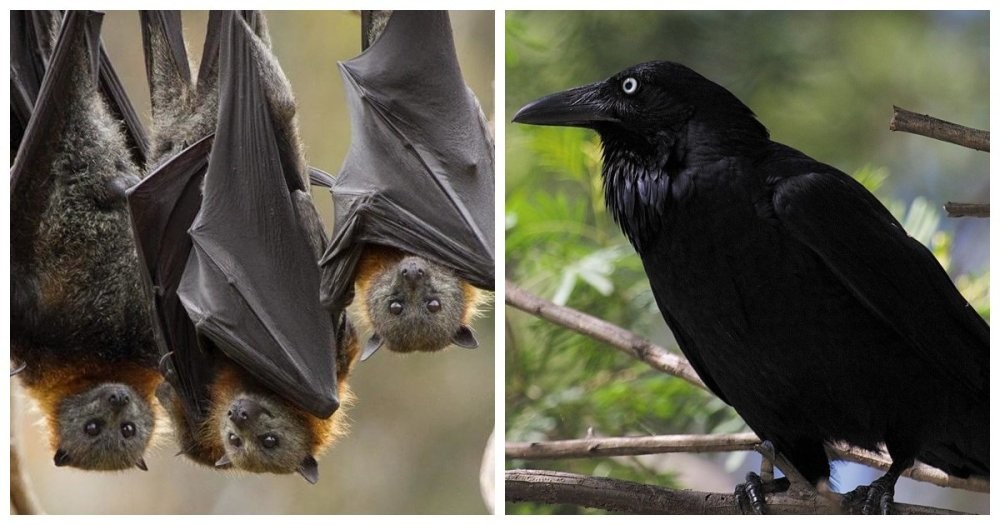
1. Hippopotamus, 16 million years old 
Research has confirmed that hippos are distant relatives of whales. The first fully formed whales appeared about 53 million years ago, but hippos are only 16 million years old. The gap between the ancestors of whales and hippos is about 40 million years.
2. Kangaroo, 20 million years old 
Australia has been home to kangaroos for about 20 million years. The first distant relatives of kangaroos lived in forests when the climate in Australia was wetter, but they became extinct 10-15 million years ago. Another interesting fact about these kangaroo ancestors is that they did not hop on two legs, but walked on four.
3. Hyena, 22 million years old 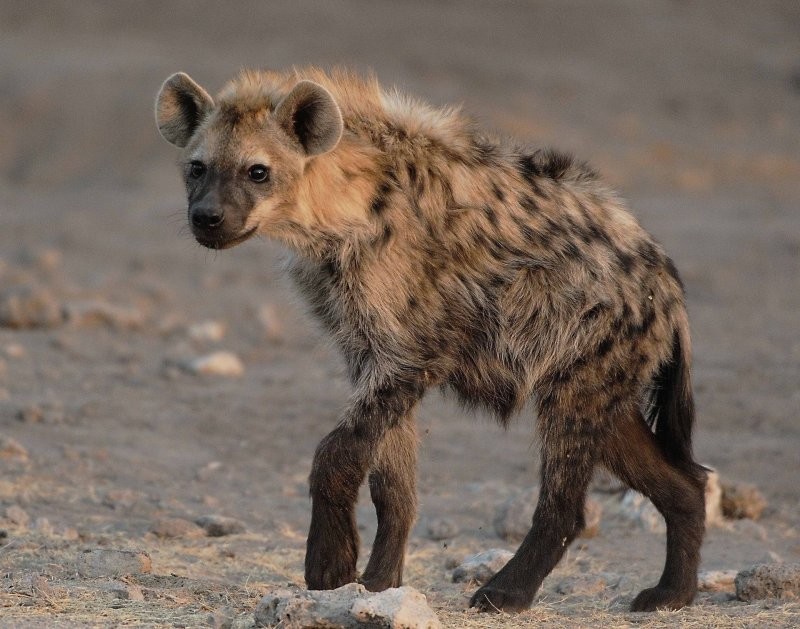
Hyenas first appeared 22 million years ago and were very similar to today's African civet, the earliest hyena species ever described. The ancestors had longer legs and pointed jaws.
4. Crow, 30 million years old 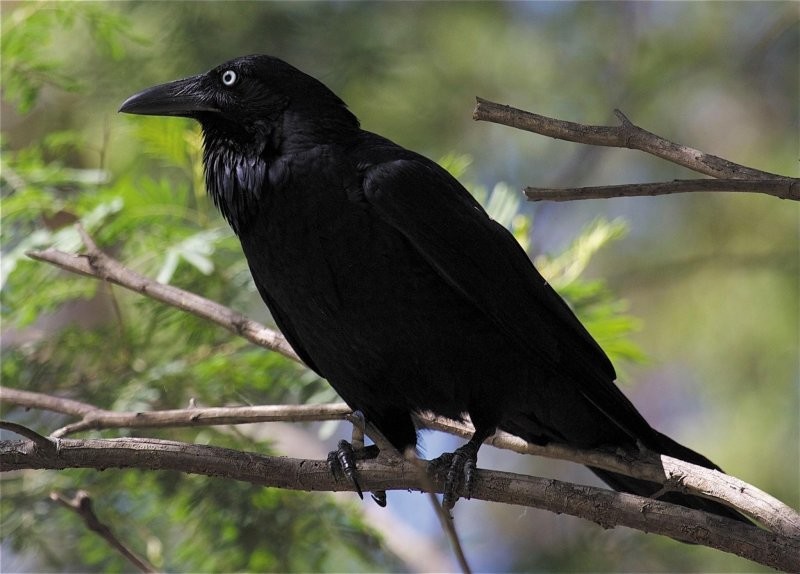
The oldest DNA signature of crow ancestors is 30 million years old and was found on an island north of Australia.
5. Koala, 30 million years old 
For 30 million years, koalas have lived on Earth. They have been alive since Australia was already separated as a continent, meaning that most likely koalas only lived there.
6. Bat, 52 million years old 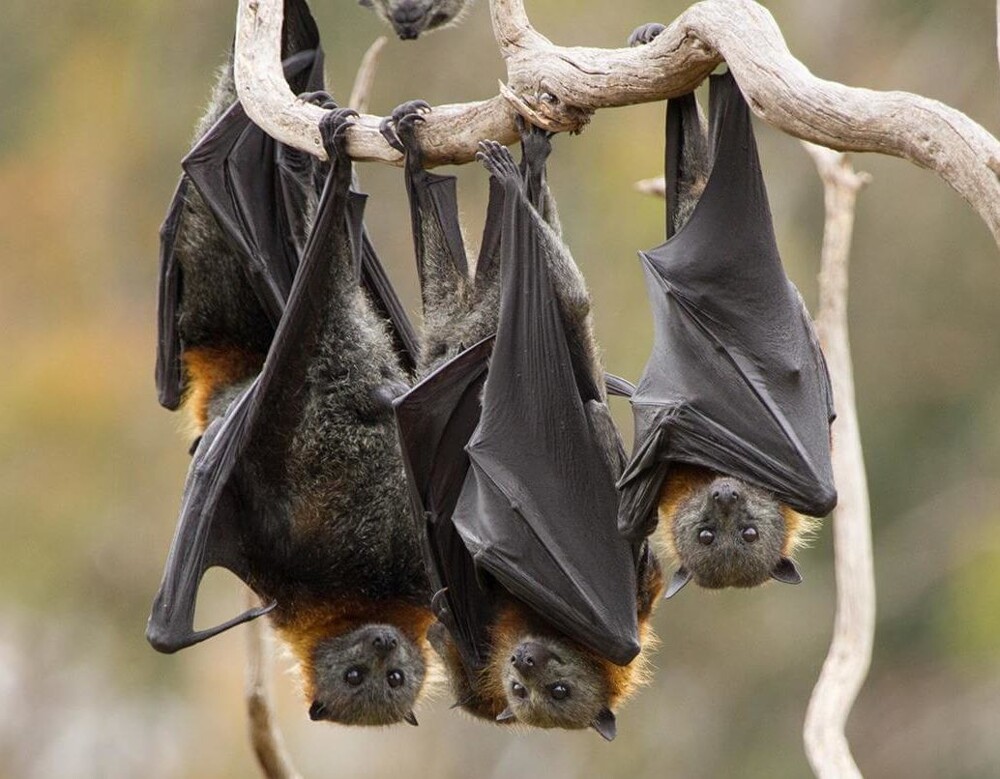
Due to their light bones, bat fossils are difficult to detect. However, the few that were found provided some insight into how long they had been on our planet. So, the earliest fossil dates back to more than 52 million years ago and was found in Wyoming, in the United States, in 2003.
7. Elephant, 55 million years old 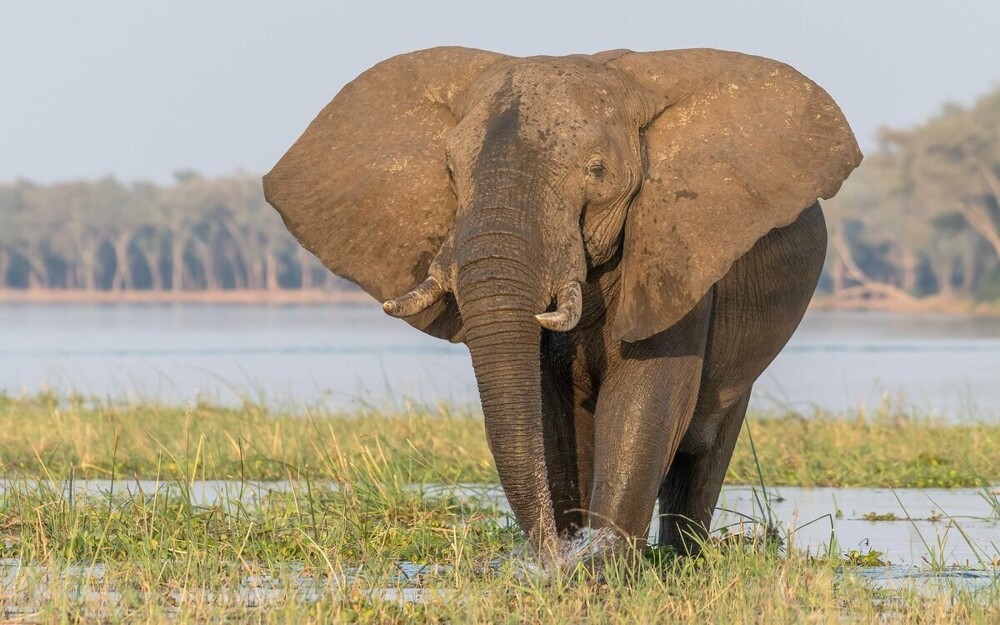
Elephants are one of the hardiest animals. More than 300 species have lived on Earth for 55 million years. The first known species is believed to have been the size of a pig and lived in swampy environments.
8. Gorilla, 65 million years old 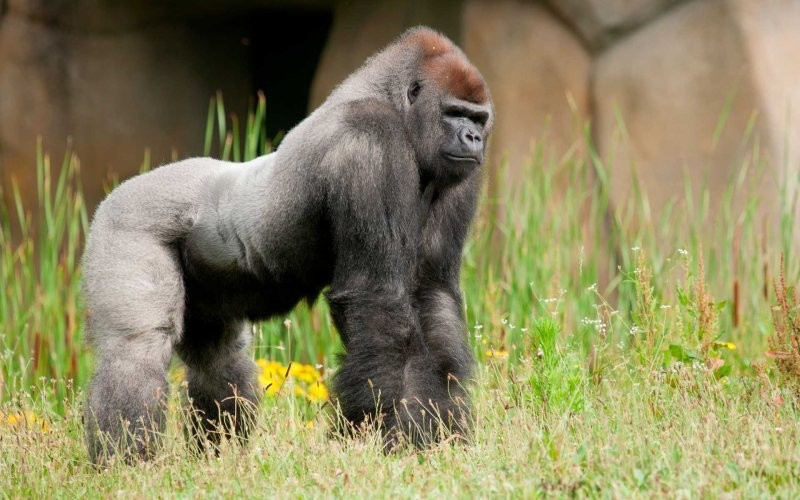
Primates, which include gorillas, have lived on Earth for 65 million years, but it took their ancestors several million years to evolve into the gorillas we know today. There are currently about 500 species of primates.
9. Alligator, 80 million years old 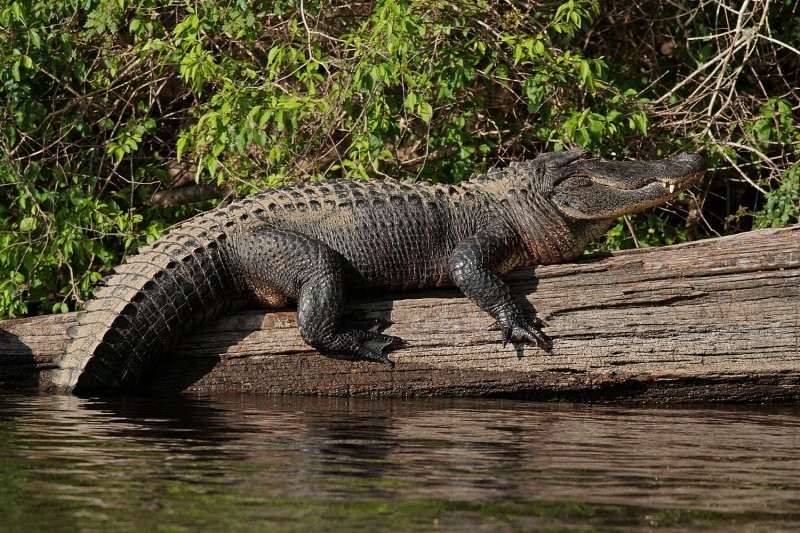
The ancestors of the alligator evolved about 245 million years ago, but 80 million years ago the closest relatives of alligators, crocodiles, appeared. Despite the fact that many animals became extinct during this time, it is still unknown why alligators survived.
10. Snakes, 100 million years old 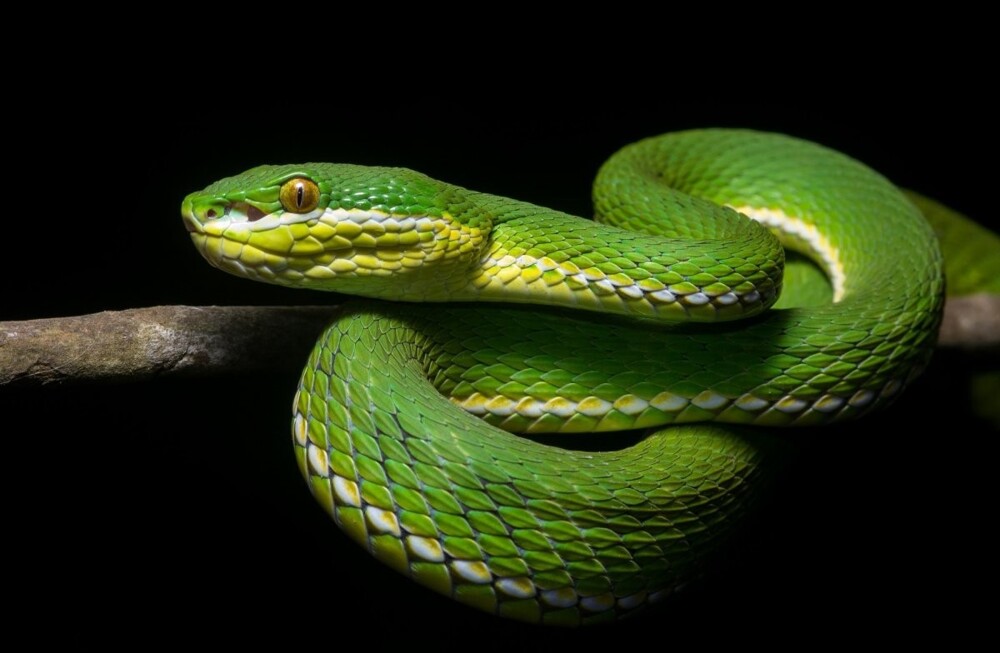
Snakes are descended from four-legged reptiles, either land lizards or sea reptiles, which are known to have appeared on Earth 100 million years ago. Like bats, most snakes are small and have fragile bones, making their fossils difficult to find.
11. Octopus, 135 million years old 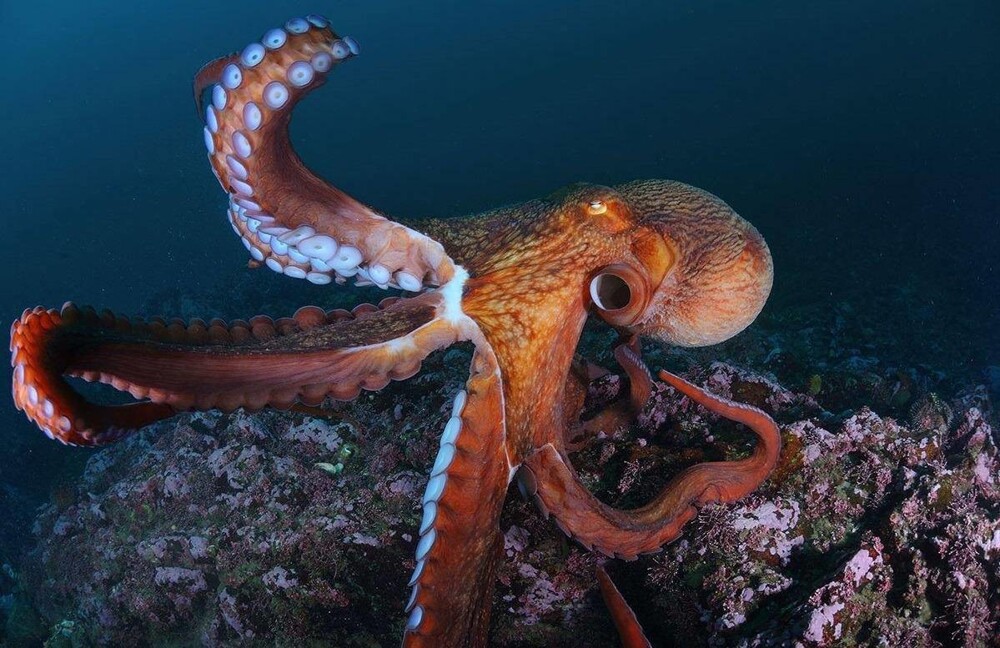
Some scientists believe octopuses flew from space on an icy meteorite in the form of eggs, but others say they have been on Earth for 135 million years. Octopuses are closely related to squids, only their nervous systems differ.
12. Ant, 140-168 million years old 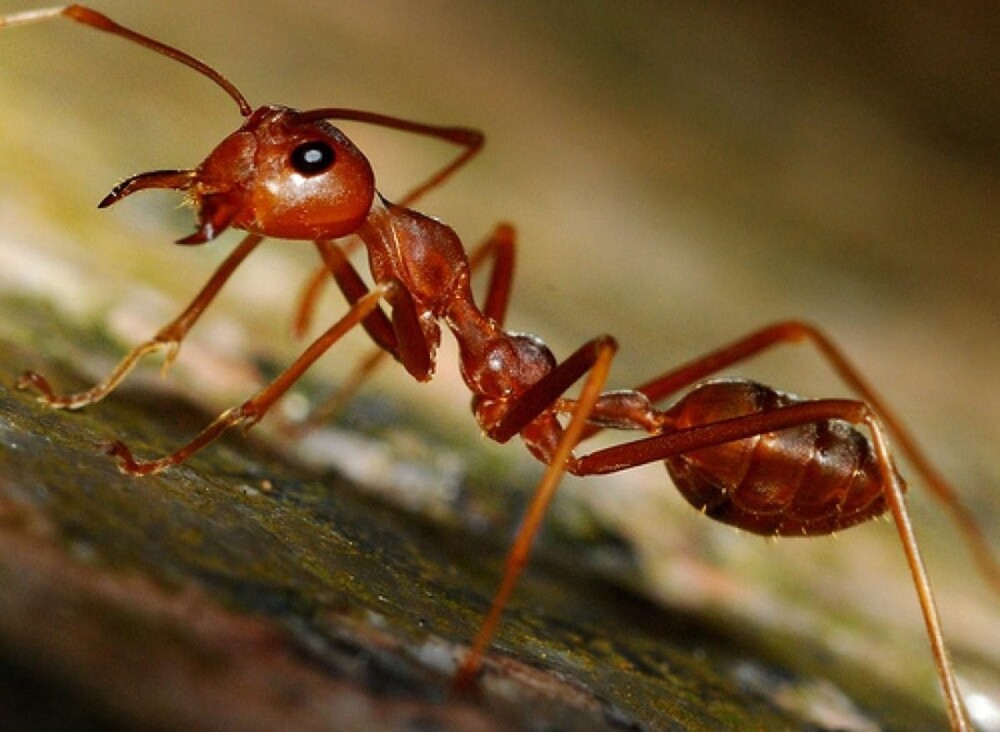
The first ants appeared 140-168 million years ago, which means they existed along with dinosaurs.
13. Turtles, 200-300 million years old 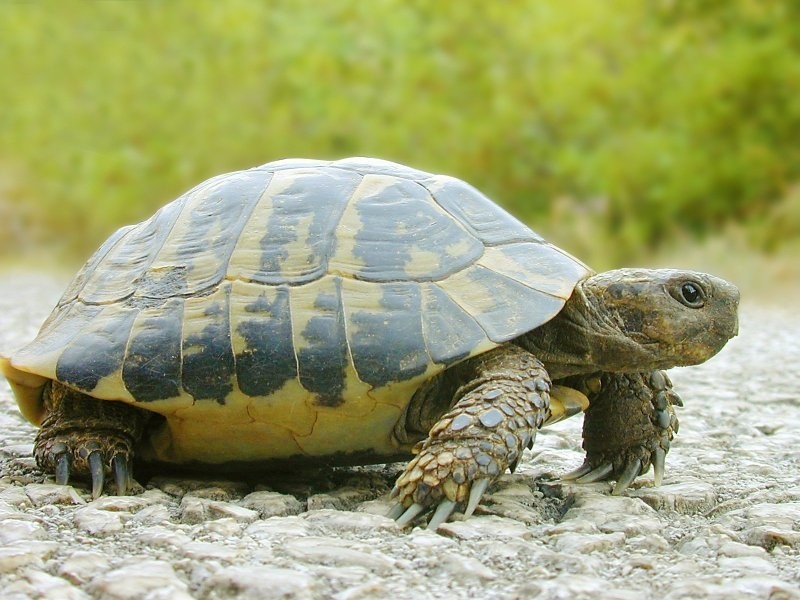
Turtles have been walking the Earth for 200 to 300 million years, making them very ancient animals, especially compared to humanity. The oldest fossil was found not so long ago, in the Chinese province of Guizhou in 2007, and it was 220 million years old.
14. Frog, 265 million years old 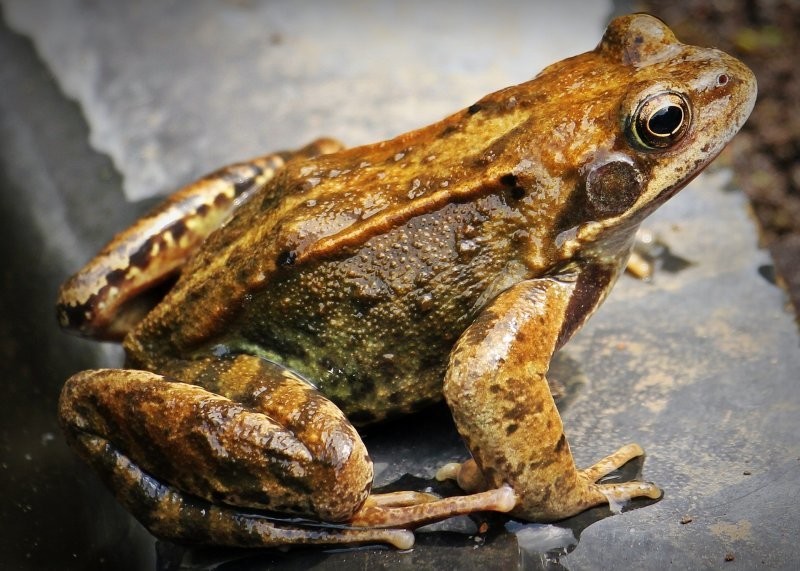
The oldest frog fossil ever found is 265 million years old and was discovered in Madagascar. Today, frogs are found throughout the world, but the most concentrated area is the rainforest.
15. Shark, 450 million years old 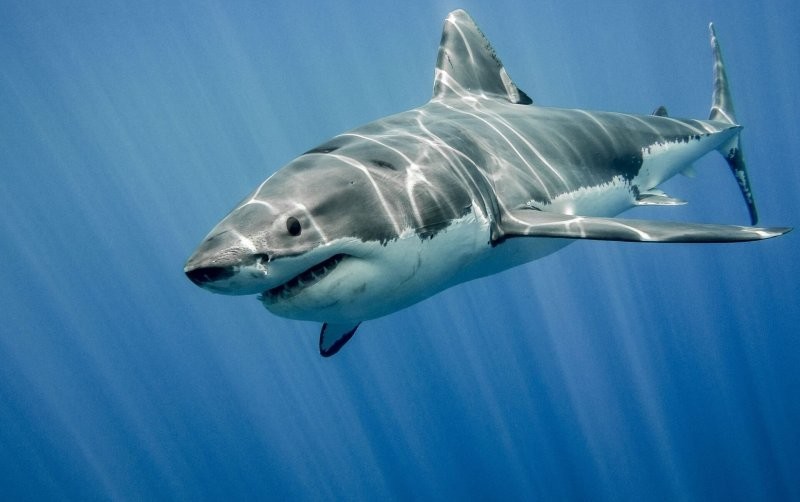
The oldest shark fossils are about 450 million years old. This means that they were on Earth before dinosaurs, and plus sharks survived all major extinctions.






















